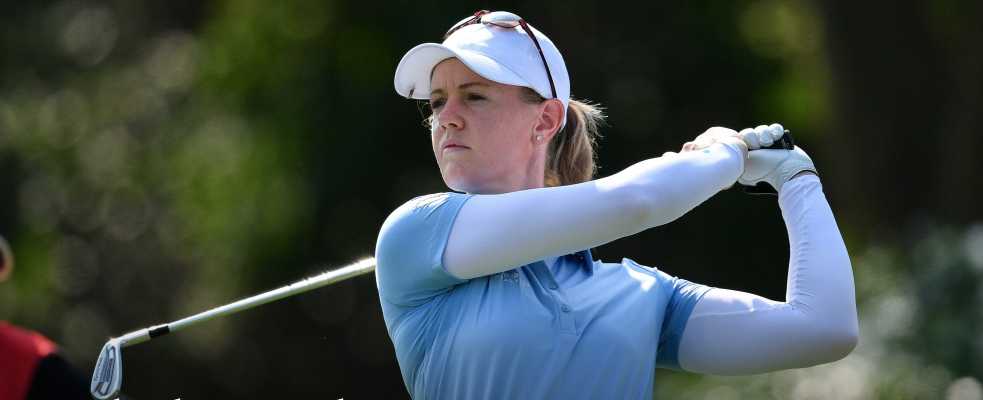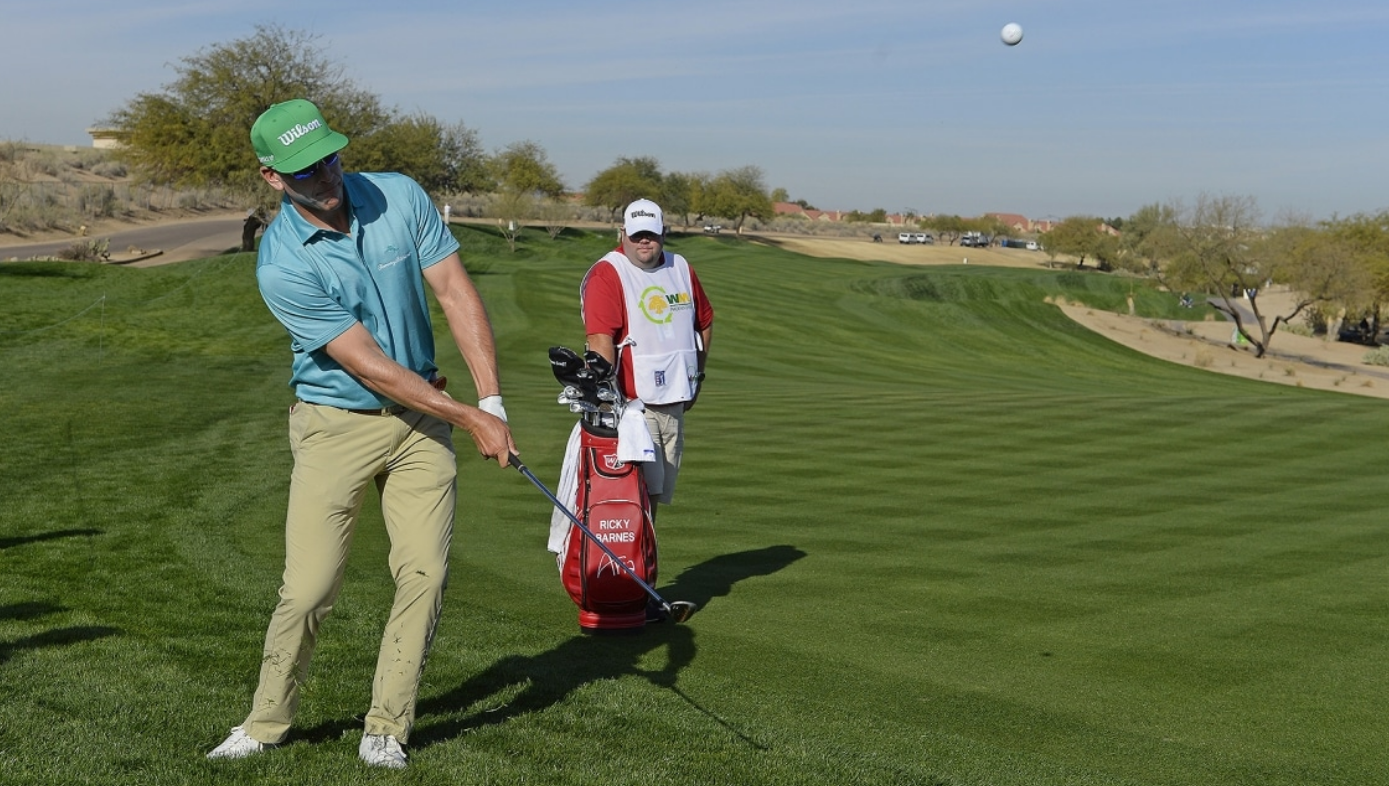There are two columns from the Honda Classic worth noting as they ultimately have players ripping the revamped Rules of Golf for both selfish reasons and also somewhat logical ones.
Randall Mell took the occasion of Rickie Fowler’s deuce drop to highlight Justin Thomas’ complaints about the change in replacing a broken club, a very first world PGA Tour problem that would not impact most golfers.
“I think they’re terrible,” Justin Thomas said.
That’s what he told media the day before the Honda Classic began. His opinions only hardened in the first round, when he bent the shaft of his 9-iron, hitting a tree with a shot at the 10th hole. The new rules wouldn’t allow him to replace the club, the way the old rules would have.
Unable to repair the club, as new rules allow, he played the final eight holes with 13 clubs.
Thomas said he probably couldn’t have replaced the 9-iron in a timely fashion anyway, with his backup at his Jupiter home down the road, but it’s the principle.
“You can just add that one to the list of rules that don't make any sense,” Thomas said.
Again, a first world one but understandably important to professional golfers who play a different game for a lot of money than the rest of us.
There was also this from Mell:
Player frustrations over the new rules were a topic of conversation in a mandatory players’ meeting at PGA National this week. Tour commissioner Jay Monahan presided. Players fear other controversies may be lying in wait.
While incidents of player ignorance are not the fault of the mostly-excellent and streamlined rule modifications, there is no getting around the optics. By starting the year with major changes in the heart of the season and without significant field testing, the result has been mockery.
From Brian Wacker’s Golf World column of a similar theme to Mell’s:
“Golf is trying to appeal to a younger audience, get people into the game, want it to look cool,” Fowler said. “Well, I was sitting at home first couple weeks of the year and me and some buddies were making fun of the new drop rule. It looks terrible.”
The precious M’s aren’t always right nor should their views supercede all others, but the notion that players are hearing from friends how ridiculous they look will ultimately undermine the rules if not addressed. Which strikes at the ultimate issue here as it’s been for all too long: the governing bodies have always struggled with the notion of someone making a living playing the game. And heaven forbid, people like them more than the amateurs.
Billy Horschel:
“My buddies at home are making fun of these rules,” he said. “People in the greater word of golf are making fun of them. Some of [the changes] are good, some of them are bad.
“But I told the USGA you guys aren't the main influencer in the game of golf like you were 30, 40, 50 years ago. PGA Tour players are now the biggest influencer in the game of golf. What the golfer at home sees on TV, they're going to copy us.”
Which is why, ultimately, these rules needed more field testing and a gradual rollout to help educate all or work out kinks.
But given the difference in tournament golf today versus the everyday game, and the resulting taint which could offend new players to the sport, we are increasingly seeing why splitting the rules makes sense. Anyone for Golf Channel’s relaxed rules for the rest of us while the tournament golf world sorts all of this out?
























